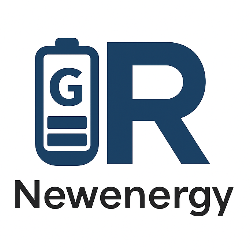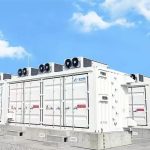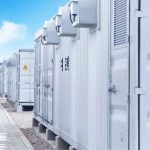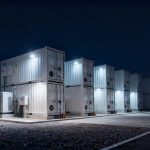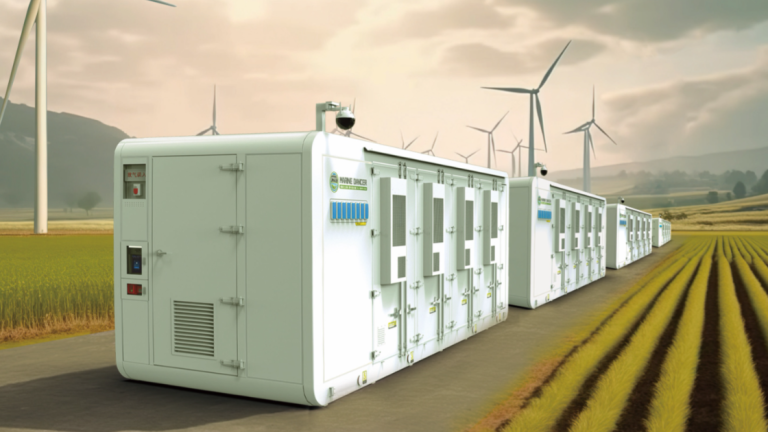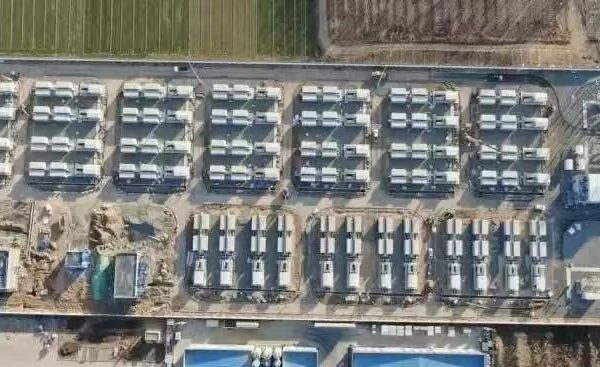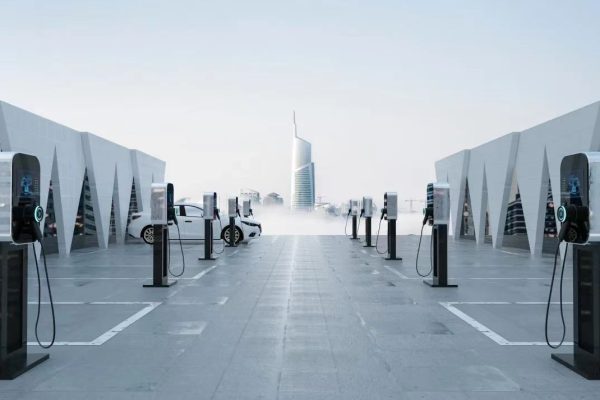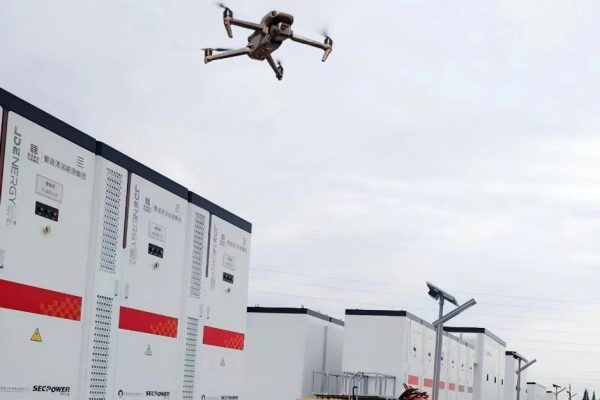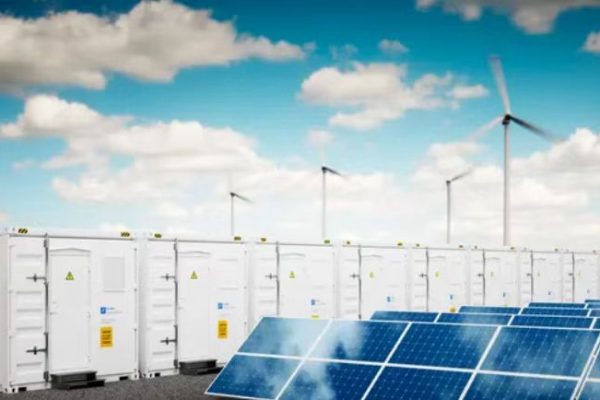For companies in the energy storage, renewable energy, and battery energy storage system (BESS) industry, trade shows are essential opportunities to showcase products, meet international buyers, and build partnerships.
But here’s the reality: the trade show itself doesn’t close the deal. The true success of events like Intersolar Europe, RE+, ees Europe, The Smarter E, and Energy Storage China depends on what happens after the booth lights go off.
Timely, strategic follow-up separates companies who collect business cards from those who sign contracts.
This article shares quick, practical follow-up tips tailored for suppliers, EPCs, integrators, and manufacturers in the global energy storage trade.
Why Follow-Up Matters in the Energy Storage Industry
- Buyers meet dozens of suppliers at trade shows. Without follow-up, they may forget your pitch.
- Procurement cycles are long—especially for 1MWh+ systems or utility projects. Consistent communication builds trust.
- Follow-up shows professionalism, which is critical when dealing with international partners across markets.
According to industry research, 80% of trade show leads never receive a follow-up. That’s a missed opportunity in a competitive market where differentiation is key.
1. Follow Up Within 48 Hours
Speed is everything. Buyers’ inboxes fill up quickly after major trade shows.
- Send a short, professional email within 48 hours.
- Reference your meeting specifically: “It was great discussing your upcoming 5MWh project in Southeast Asia.”
- Attach your company profile, datasheet, or brochure.
Energy storage example:
“Thank you for visiting our booth at ees Europe. As we discussed, our LFP battery systems are ideal for C&I projects between 500kWh and 10MWh. I’ve attached a brief overview of our solutions—let’s schedule a call to explore sizing for your project.”
2. Personalize Based on Buyer Profile
Generic follow-up emails get ignored. Tailor your response to the type of buyer:
- Project Developers: Share system integration case studies (PV + storage, wind + storage).
- EPC Contractors: Highlight installation ease, modular design, and compatibility.
- Investors / Funds: Provide ROI models, lifecycle cost analysis, and payback period.
- End-Users (C&I, Utilities): Emphasize savings, backup reliability, and certifications.
Tip: Reference their pain point directly. If they mentioned frequency regulation, follow up with your grid compliance success stories.
3. Use Multiple Channels (Not Just Email)
In the renewable energy trade, buyers often travel and may miss emails. Use multi-channel follow-up:
- LinkedIn: Connect, send a personalized note, and share relevant posts (e.g., case studies).
- WhatsApp/WeChat: Widely used in Asia, Middle East, and Africa for business follow-ups.
- Phone calls: Still effective for confirming interest, especially in large projects.
- Digital content: Send links to white papers, videos, or ROI calculators.
Example: After RE+ in the U.S., send a LinkedIn connection request with:
“It was a pleasure meeting you at RE+. I’d love to share our recent 20MWh project success story in California.”
4. Segment and Prioritize Leads
Not every contact has the same value. After a trade show, segment your leads into:
- Hot leads: Buyers with clear project timelines and budgets (e.g., 2MWh system for Q2 next year).
- Warm leads: Interested, but still comparing suppliers.
- Cold leads: General inquiries, students, or non-decision-makers.
Action tip:
- Focus immediate follow-up on hot and warm leads.
- Put cold leads into a nurture campaign (e.g., newsletter with updates on certifications, case studies, and product launches).
5. Share Technical Proof Quickly
In the energy storage trade, buyers are highly technical. Follow-up must include concrete proof:
- Product datasheets and certifications (UL, IEC, CE, UN38.3)
- Case studies with real-world performance metrics
- ROI models and cost-benefit analysis
- References from global projects
Example:
“As promised, here’s the datasheet for our 2MWh containerized BESS. The system is UL9540A-certified and already deployed in two commercial projects in Germany. I’ve also attached a case study for your reference.”
6. Provide a Clear Next Step
Avoid vague emails. Always close with a specific action:
- Schedule a 15-minute technical call
- Share a system sizing proposal
- Invite them to a factory or site visit
- Offer to connect with a technical engineer
Example:
“Would you be available for a 20-minute call next week to review your facility load profile and determine the ideal system size?”
7. Use CRM and Automation Wisely
Large trade shows generate hundreds of leads. Without a system, follow-up becomes chaotic.
- Use a CRM tool (HubSpot, Zoho, Salesforce) to track all contacts.
- Tag leads with categories: utility-scale, C&I, EPC, investor.
- Automate reminders for follow-ups at 1 week, 1 month, and 3 months.
This ensures no serious lead slips through the cracks.
8. Publish Post-Show Content
Follow-up is not only one-to-one—it’s also one-to-many. Buyers often check your company’s LinkedIn activity after a trade show.
Ideas for post-show content:
- A LinkedIn post: “Thank you for meeting us at Intersolar Europe. We introduced our new 5MWh BESS solution—here’s a short recap.”
- A case study blog: “How Our Storage Solutions Cut Costs by 20% in C&I Projects.”
- A short video: Team highlights from the exhibition booth.
This keeps your company visible even after the event ends.
9. Respect Cultural and Regional Differences
In international trade, follow-up must adapt to cultural norms:
- Europe/U.S.: Email and LinkedIn are primary. Be concise and data-driven.
- Asia (China, India, Southeast Asia): WeChat/WhatsApp follow-ups are common. Build relationship first.
- Middle East/Africa: Personal introductions and phone calls carry weight.
Tailoring your approach increases response rates significantly.
10. Be Consistent (Follow Up Long-Term)
Not every lead converts quickly. Some utility-scale projects take 12–24 months to finalize.
- Send quarterly updates on new certifications, product launches, or project deployments.
- Invite leads to webinars or factory tours.
- Maintain visibility without being pushy.
Consistency builds trust in the global energy storage supply chain.
Trade shows are powerful lead-generation tools for the energy storage, renewable energy, and BESS industry. But without fast, professional, and strategic follow-up, opportunities disappear.
By following these tips—personalizing outreach, using multiple channels, sharing technical proof, and maintaining consistent engagement—you can turn trade show conversations into signed contracts.
In the competitive global market for lithium-ion batteries, flow batteries, hybrid storage solutions, and containerized BESS, the best companies don’t just exhibit—they follow up smartly.
Your next big deal may already be waiting in your inbox. The question is: Will your follow-up strategy close it?
